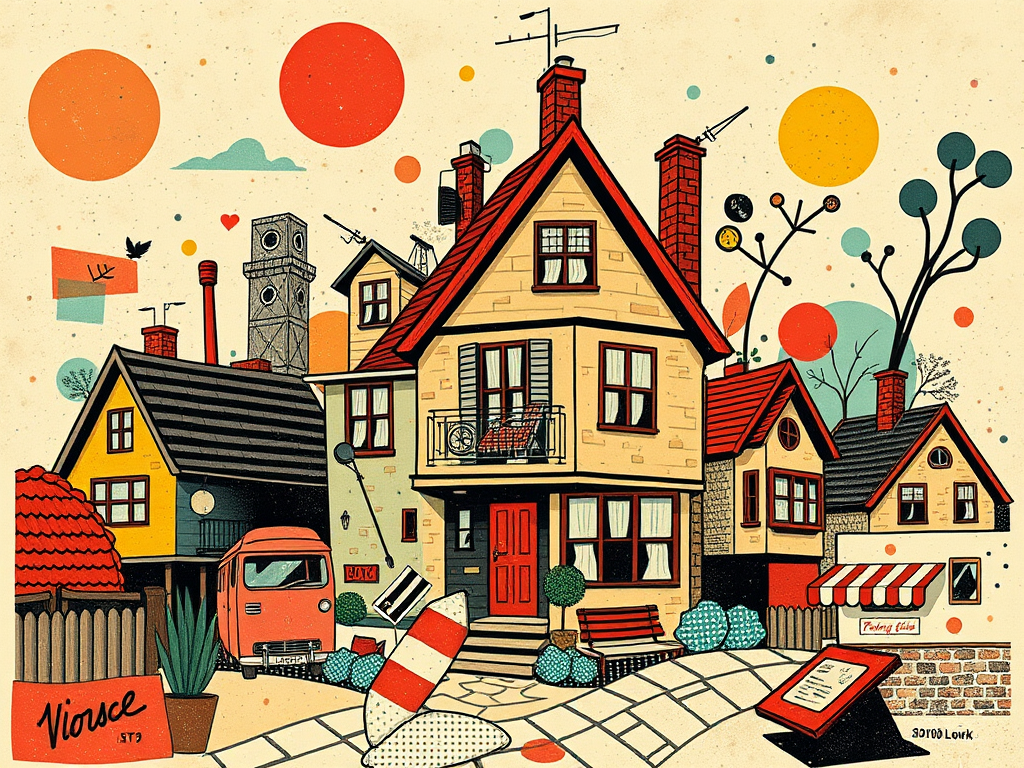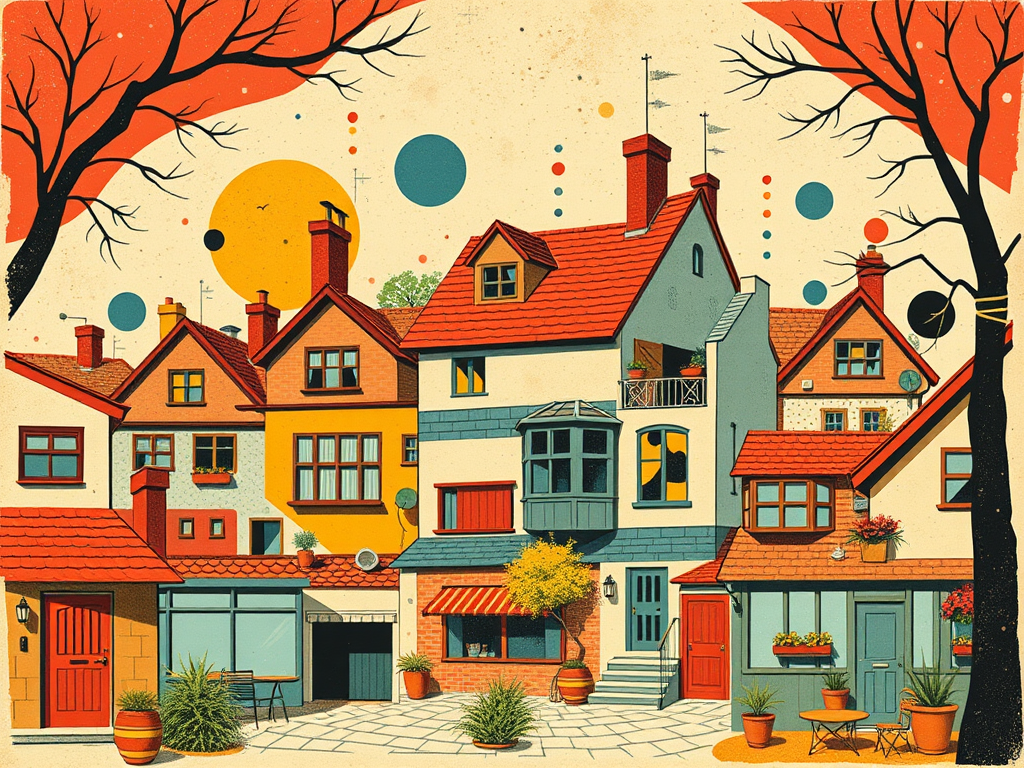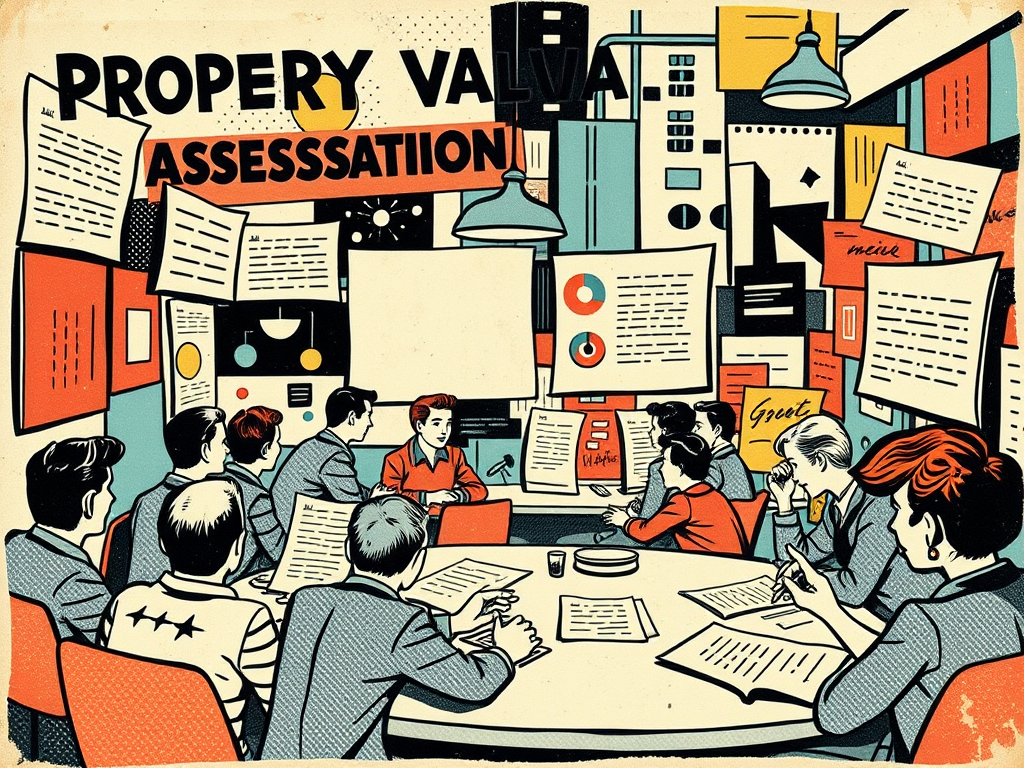Renovation Culture: The Trend of Restoring Village Homes and Its Investment Appeal

Renovation Culture: The Trend of Restoring Village Homes and Its Investment Appeal
Reading time: 15 minutes
Table of Contents
- Introduction
- The Rise of Renovation Culture
- Economic Implications of the Trend
- Investment Opportunities in Village Home Restoration
- Challenges and Considerations
- Case Studies: Successful Village Home Renovations
- Future Outlook for the Renovation Trend
- Conclusion
- FAQs
Introduction
In recent years, a fascinating trend has emerged in the real estate market: the renovation and restoration of village homes. This movement, often referred to as “renovation culture,” has captured the imagination of investors, homeowners, and cultural enthusiasts alike. As urban areas become increasingly crowded and expensive, many are turning their attention to the charm and potential of rural properties. This article will explore the economic and cultural implications of this trend, analyzing its investment appeal and potential long-term impact on both local communities and the broader real estate market.
The Rise of Renovation Culture
The concept of renovation culture is not entirely new, but it has gained significant momentum in recent years. This resurgence can be attributed to several factors:
1. Shifting Work Dynamics
The COVID-19 pandemic has dramatically altered the way we work, with remote and flexible arrangements becoming increasingly common. This shift has allowed many individuals to consider living outside of urban centers, making village properties more attractive than ever before.
2. Desire for Authenticity and Connection
In an age of mass production and digital saturation, there’s a growing appreciation for authentic, handcrafted spaces. Village homes, with their unique architectural features and rich histories, offer a tangible connection to the past that many find appealing.
3. Sustainability Concerns
As environmental awareness grows, the idea of restoring and repurposing existing structures rather than building new ones has gained traction. Renovation culture aligns well with sustainability goals, making it attractive to eco-conscious individuals and investors.
Economic Implications of the Trend
The renovation culture trend has significant economic implications, both on a micro and macro level:
1. Local Economic Revitalization
As investors and new residents pour resources into restoring village homes, local economies often see a boost. This can lead to increased demand for local services, from construction and carpentry to hospitality and retail.
2. Real Estate Market Dynamics
The trend is reshaping real estate markets in rural areas. Properties that may have once been overlooked are now seeing increased demand, potentially leading to price appreciation in previously stagnant markets.
3. Job Creation
The renovation trend creates jobs in various sectors, from skilled trades to design and real estate services. This can help to diversify rural economies that may have been struggling with population decline and limited economic opportunities.
Investment Opportunities in Village Home Restoration
For investors, the renovation culture trend presents several intriguing opportunities:
1. Property Appreciation
Well-executed renovations can significantly increase a property’s value. In some cases, investors are seeing returns that outpace those in traditional urban markets.
2. Rental Income Potential
Restored village homes can be attractive options for the vacation rental market, especially in areas with tourism potential. This can provide a steady income stream for investors.
3. Cultural Heritage Preservation
Some investors are drawn to the idea of preserving cultural heritage through restoration projects. While this may not always yield immediate financial returns, it can offer long-term value and personal satisfaction.
4. Government Incentives
Many countries and regions offer incentives for restoring historic properties or revitalizing rural areas. These can include tax breaks, grants, or low-interest loans, enhancing the financial appeal of such investments.
Challenges and Considerations
While the renovation culture trend offers exciting opportunities, it’s not without its challenges:
1. Cost and Time Overruns
Renovating old properties can be unpredictable, often leading to higher costs and longer timelines than initially anticipated. Investors need to budget carefully and build in contingencies.
2. Regulatory Hurdles
Historic properties may be subject to strict renovation guidelines, limiting what can be done with the property. Navigating these regulations can be complex and time-consuming.
3. Infrastructure Limitations
Rural areas may lack some of the infrastructure that urban dwellers take for granted, such as high-speed internet or reliable public transportation. This can impact the property’s appeal and value.
4. Market Volatility
While the trend is currently strong, rural real estate markets can be more volatile than their urban counterparts. Investors should be prepared for potential market fluctuations.
Case Studies: Successful Village Home Renovations
To illustrate the potential of village home restoration, let’s examine a few successful case studies:
1. The Tuscan Revival
In the rolling hills of Tuscany, Italy, a group of investors purchased a cluster of abandoned farmhouses. Through careful restoration that preserved the original architectural features while incorporating modern amenities, they created a successful agriturismo (farm stay) operation that now generates significant annual revenue.
2. The Greek Island Transformation
On a small Greek island, a couple invested in a dilapidated stone cottage. Their renovation not only created a stunning vacation home but also sparked a mini-boom in the local real estate market. Interested investors might want to explore property for sale in peloponnese for similar opportunities.
3. The French Village Renaissance
In a small village in the South of France, a concerted effort by several investors to restore multiple properties led to a revitalization of the entire community. The village now attracts tourists year-round, supporting a thriving local economy.
Future Outlook for the Renovation Trend
As we look to the future, several factors suggest that the renovation culture trend may have staying power:
1. Continued Remote Work
Even as the pandemic recedes, many companies are maintaining flexible work policies, allowing employees to live further from urban centers.
2. Increasing Urban Costs
As major cities become increasingly expensive, the appeal of more affordable rural properties is likely to grow.
3. Technological Advancements
Improvements in rural internet connectivity and other technologies are making village living more feasible for those accustomed to urban amenities.
4. Growing Environmental Concerns
As climate change becomes an increasingly pressing issue, the sustainability aspect of renovation culture may become even more appealing.
Conclusion
The renovation culture trend represents a fascinating intersection of economic opportunity, cultural preservation, and lifestyle evolution. For investors, it offers the potential for significant returns, both financial and personal. However, like any investment, it comes with risks and challenges that must be carefully considered.
As we move forward, it’s likely that we’ll see continued interest in village home restoration, potentially reshaping rural economies and real estate markets. For those with the vision, resources, and patience to navigate this trend, the rewards can be substantial. Whether you’re an investor looking for a new opportunity or simply someone dreaming of a quieter life in a beautifully restored village home, the renovation culture trend is certainly worth watching.
FAQs
1. What is the average cost of renovating a village home?
The cost can vary widely depending on the property’s condition, location, and the extent of renovations. On average, investors might expect to spend anywhere from $50,000 to $500,000 or more. It’s crucial to get detailed assessments and quotes before committing to a project.
2. Are there any tax benefits to restoring historic properties?
Many countries offer tax incentives for restoring historic properties. These can include tax credits, deductions, or reduced property taxes. However, these benefits often come with strict guidelines about how the property can be renovated, so it’s important to research local regulations thoroughly.
3. How long does a typical village home renovation take?
The timeline can vary greatly depending on the scope of the project, local regulations, and availability of materials and labor. A minor renovation might take 3-6 months, while a major restoration could take 1-2 years or more.
4. What are the biggest challenges in renovating a village home?
Common challenges include dealing with unexpected structural issues, navigating local building codes and historic preservation requirements, managing costs, and finding skilled labor in rural areas. Additionally, logistical challenges like transporting materials to remote locations can add complexity to the project.
5. Is it better to renovate a village home for personal use or as an investment property?
This depends on individual goals and circumstances. Personal use can offer lifestyle benefits and potential long-term appreciation, while an investment property might provide rental income and potentially quicker returns. Some investors choose a hybrid approach, using the property personally for part of the year and renting it out the rest of the time.

Article reviewed by Sophia Georgiadou, Global Expansion Consultant | Market Entry Strategist | Breaking Into Emerging Markets with Tailored Localization Plans, on May 15, 2025




